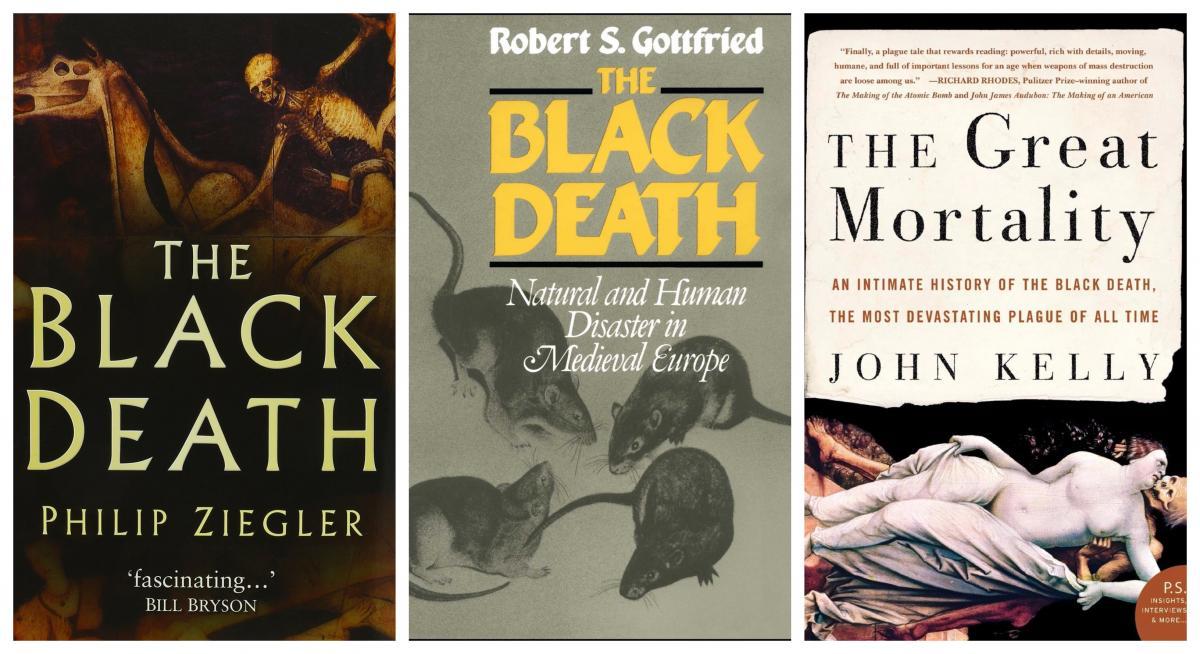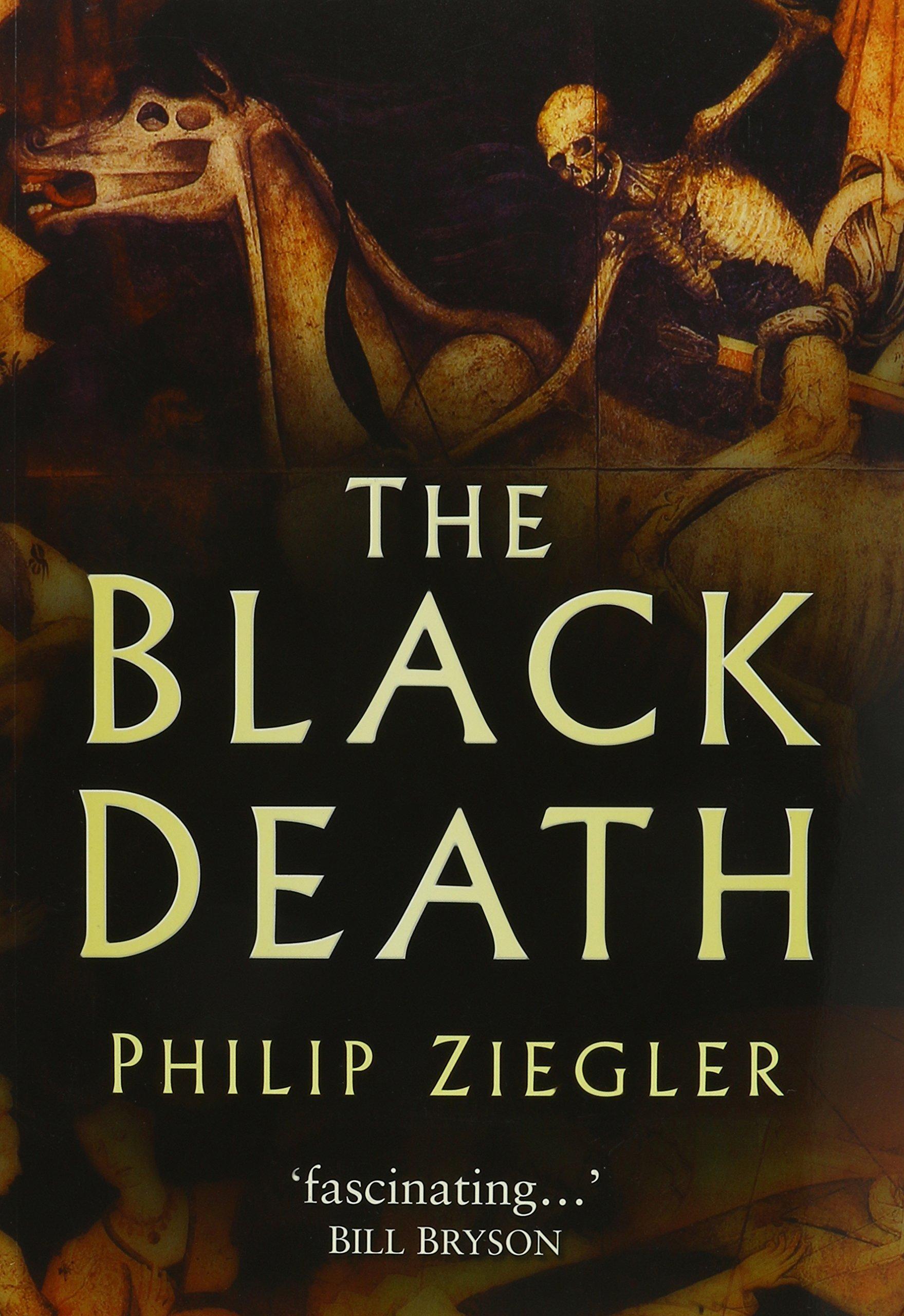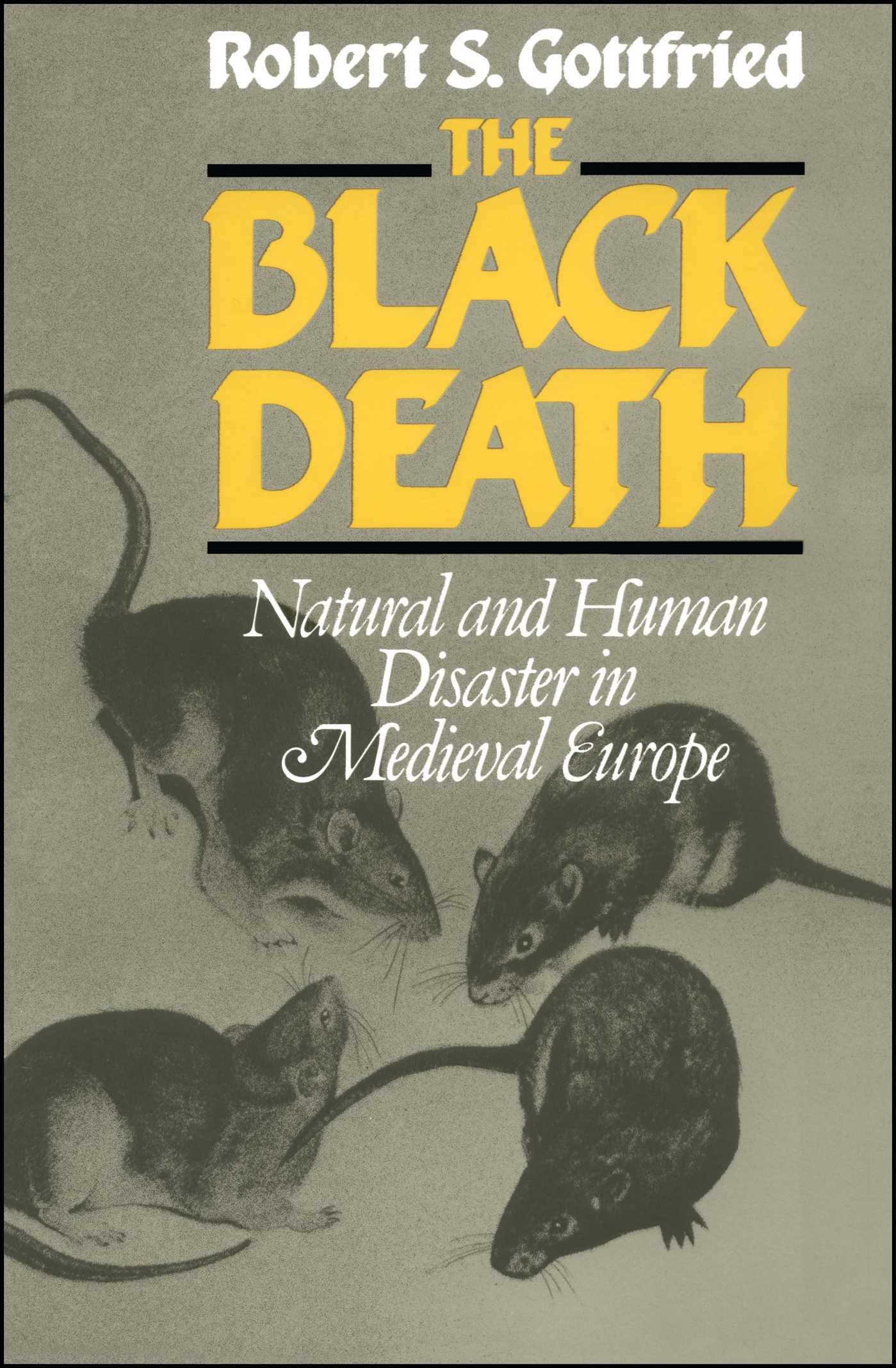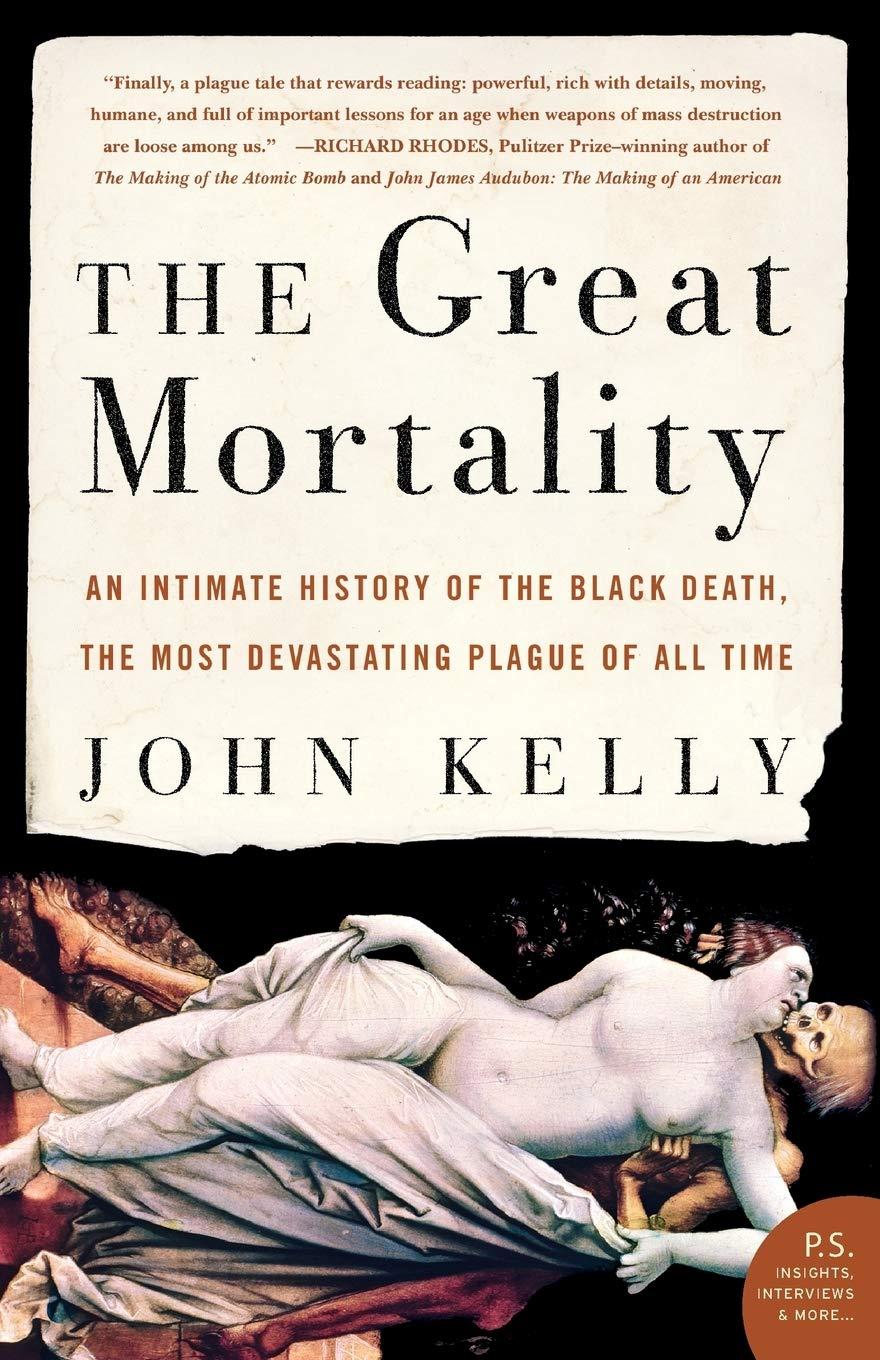
Disclaimer: Any views expressed by individuals and organisations are their own and do not in any way represent the views of The Heritage Portal. If you find any mistakes or historical inaccuracies, please contact the editor.
My eye has been on international news about the Corona Virus since the story of this mysterious illness that was changing life in Wuhan China first hit the news. It all seemed a little distant in January. We were concerned and curious but it was not a personal threat - China seemed (mistakenly) a long way away. I now look back on our celebrating Christmas 2019 as a time of innocence and a time free of worry. It was a BC time - Before Covid 19. Our biggest problem then was a Christmas day power outage. 48 hours of no power and I had a turkey to cook and a lunch party to cater for. That moment and making a plan for hosting a Christmas lunch for 12 seems like a lifetime ago. As January and February and then March rolled on the word Corona and Covid-19 came ever closer and by March upending our lives. Instant news and social media brought the imminent dangers closer and signalled a highly dangerous developing situation.
During the month of March when the first case was picked up in South Africa, I suddenly became an addict of disease statistics and the world wide trajectory of disease movement. It all became rather more real and closer to home as by the time I woke up to the thought of well maybe I should buy some toilet paper, some hand sanitiser and a mask, these items had mostly disappeared from the shop shelves. The phenomenon of panic buying took hold, along with a steadily upward line on the case numbers graphs. The death rate in Italy became alarming and my Italian friends drew me into their world. I had once visited some of these places now on the map such as Bergamo. A Covid-19 case appeared in South Africa and then a few more. Then as the news came that we had been ordered by our national government to lock down, stay home and accept a home siege, I decided that once again books are a solace and a comfort.
My choice of reading over the last few weeks has narrowed to three books in my own library on the subject of the Black Death, the mysterious high mortality disease that arrived in Sicily and the Crimea on the Black sea in 1347 and made an impact on other Mediterranean port cities and from there spread over Europe over the next couple years reaching Scotland and Ireland in 1349 and Sweden and Norway in 1350. Although the disease spread at the pace of horse or a man walking, perhaps 21 miles in a day, within months the populations of villages, towns and cities of medieval Europe died in vast numbers. Statistics vary and it’s hard to vouch for the accuracy of mortality in the 14th Century; different sources come up with figures of between 25% and 70% of Europe’s population perishing within a few short years and it has been estimated that the world population fell from an estimated 475 million to 350-375 million during the second half of the 14th Century. It took 200 years for Europe’s population to recover. It was indeed a fearful and unprecedented time when all the assumptions of a stable world were upended. Historians argue about the causes, they ask what other catastrophes preceded the pandemic that we call the Black Death (though at the time it was called the Great Mortality). It was a turning point in Western civilization. Was this a zoomorphic disease (spreading from animals to man and then from man to man)? I am conscious that as I sit down to actually write this article the number of cases of Corona virus has exceeded one million (3rd April 2020) with the number of deaths at over 54 000; but 220 025 people world wide have recovered. In turning back the pages of history some 670 years I wondered whether there are any lessons or “take-aways” to be garnered from long distant history.
Many books and academic articles have been published on the Black Death. My reading narrowed to John Kelly: The Great Mortality - An Intimate History of the Black Death (Fourth Estate, 2005); Robert S Gottfried: The Black Death - Natural and Human Disaster in Medieval Europe (Macmillan, 1983) and Philip Ziegler: The Black Death (first published 1969 and republished in 1997 by the Folio Society).
All three books are worth reading and have become classics. I have little doubt that all three books will be republished for the edification of a new pandemic stricken audience. Our world has been upended in a short month - air travel has made the virus pass very quickly from one country and continent to the next. In our world it's not the walking pace of a man or a horse carrying a contagion over a day; in fact, any part of the world can be reached from any other within 24 hours. No country is unaffected and even a small island such as Mauritius has 169 cases (3rd April 2020). So today it’s a global crisis. The speed with which the corona virus has spread has also made for speedy response even though we do not have all the scientific knowledge or the antidotes to cure nor do we have a vaccine. Air travel has come to an abrupt halt, as giant air birds stand abandoned on holding bays. From our world to the medieval world, what can the historians share with us?
All three books concentrate on Europe because that was where the ravages of the plague were most marked but also what happened was closely documented. In some ways I feel I am flagellating myself mentally by reading such books at this time of trauma but on the other hand reading about how people responded resonates with our present crisis. The reality is we have no perspective, and no distance on what is presently happening. Reading about the past at least gives an historical perspective. Of course one could choose to write about other pandemics (such as the 1918-19 Influenza pandemic which wiped out more people in the world than the casualties of the First World War) but taking a 650 year step back in time one is able to reflect on how little and how much the world has changed.
The first significant point is that statistics and the number count is important but statistics are not always reliable nor do they tell the personal story. The chroniclers of the time, people who write about their daily lives and the disaster as experienced by their families and their communities gave us a priceless record of what actually happened, what they tried to do about the situation, how they understood the causes and how they survived or more likely themselves became a body thrown in a town’s mass burial pit.
Let me start with the oldest of the three books. In 1969 Philip Ziegler published his book, The Black Death. It tells the story of the great plague that arrived from China and then swept through Europe between 1348 and 1351. The plague was a pandemic thought to have been spread by rats and the fleas that lived on the rats. It was deadly for humans and wiped out between one third and one half of Europe’s population. Ziegler opens with the point at which the news of the calamity that had befallen China first reached Europe somewhere around 1346. News in those remote times travelled slowly but China or Cathay then as now seemed remote and people would simply have felt “detached regret”. China was still a place of mystery travellers’ tales were listened to with wonder and awe.
Book Cover
Plague came to Europe along the main trade routes that brought ships to drop anchor and access the markets of Europe for spices and silks via Constantinople (modern Istanbul), Messina, Sicily Sardinia, Genoa, Venice and Marseille. Rats came on ships and the rats carried fleas, and in turn the fleas carried the deadly bacillus. When it was realized that ships and their cargo from afar brought disease and death efforts were made to drive the ships away with burning arrows - and so these galleys were forced to look for other ports - taking the epidemic elsewhere and in fact speeding up the penetration of the plague into Europe. It was unprecedented, unintelligible and mysterious. Attempts to quarantine people, ships, and towns were also adopted but not always successfully. The word quarantine comes from the Italian – a 40 day quarantine. The demographic historians have had to piece together the story of population loss, who died and why and why population declines were sharper in some parts Europe compared to other. How do we know how many people died before the modern statistical and actuarial systems took over? Remember theirs was a world without computers. Guthenberg’s printing press dates from 1450. Church records were hand written. Town records of land ownership and transfers give us clues to what happened. News spread by word of mouth and surprisingly quickly but not in the way in which we are deluged on social media and via TV and the world news channels.
Ziegler’s book became a classic and was republished by the Folio Society in 1997. I found myself drawn to reread Ziegler in the present crisis. It is a work of scholarship and erudition. It is hardly light reading but the advantage of reading about the world in the 14th century is that there’s a perspective in a nearly 700 year distance. I particularly enjoyed the chapter where Ziegler recreated an imagined English village, as he calls it the village of Blackwater (a medium sized village of 30 families and a population of 150). He locates his village between London and Winchester. A close knit village where status and hierarchy and economic function were defined. Ziegler brings to life who died and how people died in this village and we share the grief and sorrow. Another key point is that through those years of disaster, it was important for various forms of government, city state, manorial, or church to administer the law and that the cycle of inheritance, land ownership and a sequence of succession was upheld. The medieval world teetered on the edge but did not descend into anarchy.
I began to think about how much and more so how little the world had changed. In the 1997 preface Ziegler makes the point that mankind is unlikely to suffer the ravages of the landscape and the countryside brought by the plague. His reflections in 1997 were much influenced by the march of the AIDS pandemic and the frantic search in medical science for containment and cures for HIV positive people. Ziegler did not see a black death returning - and coments that we know that there are antibiotics that will fight pneumonic and bubonic plague. But there are some sage thoughts in the context of events and the frightening spread of Covid-19 since the end of December. He comments: “But if another plague, inexplicable, uncheckable, were to sweep across the world people would not react so very differently. There would be the same mixtures of cowardice and heroism, panic and resignation, selfishness and self-sacrifice. An immeasurable chasm stretches between the fourteenth century and today, but the more that one studies the medieval chronicles, the more convinced one is that human nature remains substantially the same”.
Robert Gottfried’s The Black Death was published in 1983. My copy is a Papermac edition which means that this book became a standard prescribed book for a medieval history course and deservedly so. Gottfried writes about the origins of the Plague and its natural history, the European context. This reminds us that the nature of the world preceding the pandemic is part of one’s understanding - if the corona virus marks a sea change do we need to relate it to issues of global warming and the carbon footprint for example. The middle chapters of this book are about the actual progress of the plague – what happened, when and where. A strength of this book is that it quotes extensively from contemporary sources. For example he quotes Henry Knighton, a canon of an abbey in the East Midlands of England who wrote, “Then the dreadful pestilence made its way along the coast by Southampton and reached Bristol, where almost the whole strength of the town perished, as it was surprised by sudden death; for few kept their beds more than two or three days, or even half a day. Then this cruel death spread on all sides, following the course of the sun.” The final three chapters of the book look at the immediate and then the longer term consequences. Here the key questions revolve around the progression to modern medicine and how Europe was transformed in the long run by this disaster. His argument is that from the mid 13th to the end of the 15th century Europe, much of the middle East, North Africa and Asia suffered from the most severe environmental crisis in history up to that time. The plague was just the most horrendous manifestation of this environmental crisis and man was helpless. Positives did follow in the long run, although there were a series of plagues. There was a watershed in the late middle ages as man marked the transition from medieval to modern civilization. Gottfried concludes that the Black Death ranked as the greatest biological environmental event in history. That is a pretty sweeping claim and I think whilst we now believe in the capacity of medical science to adjust and respond and find solutions, can we be so sure as 21st century people that the future of humankind as a species is assured?
Book Cover
John Kelly’s Great Mortality - An Intimate History of the Black Death, published in 2005, is the most recent of the three books. It is a powerful and highly readable narrative account of the Black Death. Kelly writes in a popular and journalistic style, rather reminiscent of the pace and style of Barbara Tuchman. History is too important to be left to the professional historians who so often argue and debate but can’t write. Kelly writes well. He started his enquiry from the perspective of a modern man interested in the future of disease as he too observed the ravages of the AIDS pandemic which brought premature death to millions from the early 1980s over a 22 year period. It was in the late 20th century that newly emerging illnesses such as Ebola, Marburg fever, avian flu, SARS and HIV/AIDS brought a renewed interest in history and for an author such as Kelly to then ask whether probing the Black Death and an apocalypse of the 14th century might throw light on our modern understanding and response to new disease terrors. At the time of writing (2005), Kelly comments that there had been 27 million AIDS deaths worldwide and anti-retrovirals had not yet rolled back that disease to the contemporary position where people who know they are infected are given a regimen of anti-retroviral medication (ARVs) and live with state intervention providing managed care. Kelly’s objective is to bring alive the late medieval world and how people faced the catastrophe. He too has drawn on contemporary chronicles, letters reminiscences. He also looks at new theories about the nature of the plague - in its various guides - pneumonic, bubonic and septicaemic. His conclusion is that whilst history may never repeat itself, as Voltaire observed “man always does“. In the face of a pandemic modernity is fragile and as we have seen it takes but a few weeks to a month for government to move from commitments to human rights and the rights of the individual to bringing in draconian, somewhat undemocratic rules, decrees and regulations in the interests of “saving” mankind.
Book Cover
Reading all three of these books gave me a better understanding of why there should be such high level and fearsome interventions to “flatten the curve”. Collective governments and international organizations are not willing to allow deaths to run into the millions. Modernity and the factors and forces that shaped economic development and civilization for the last seven centuries means that the sort of mortality rates that happened at the time of the Black Death (millions dead) are considered to be too ghastly to contemplate today. In the medieval era, ecological and human disaster tested and exposed the weaknesses of many societies and it was because of the plague and its impact that new approaches and new directions were taken. Could this not happen as a consequence of the biological crisis of our own time?
Kathy Munro is an Honorary Associate Professor in the School of Architecture and Planning at the University of the Witwatersrand and chair of the Johannesburg Heritage Foundation. She enjoyed a long career as an academic and in management at Wits University. She trained as an economic historian. She is an enthusiastic book person and has built her own somewhat eclectic book collection over 40 years. Her interests cover Africana, Johannesburg history, history, art history, travel, business and banking histories. She researches and writes on historical architecture and heritage matters. She is a member of the Board of the Johannesburg Heritage Foundation and is a docent at the Wits Arts Museum. She is currently working on a couple of projects on Johannesburg architects and is researching South African architects, war cemeteries and memorials. Kathy is a member of the online book community the Library thing and recommends this cataloging website and worldwide network as a book lover's haven.
Comments will load below. If for any reason none appear click here for some troubleshooting tips. If you would like to post a comment and need instructions click here.



